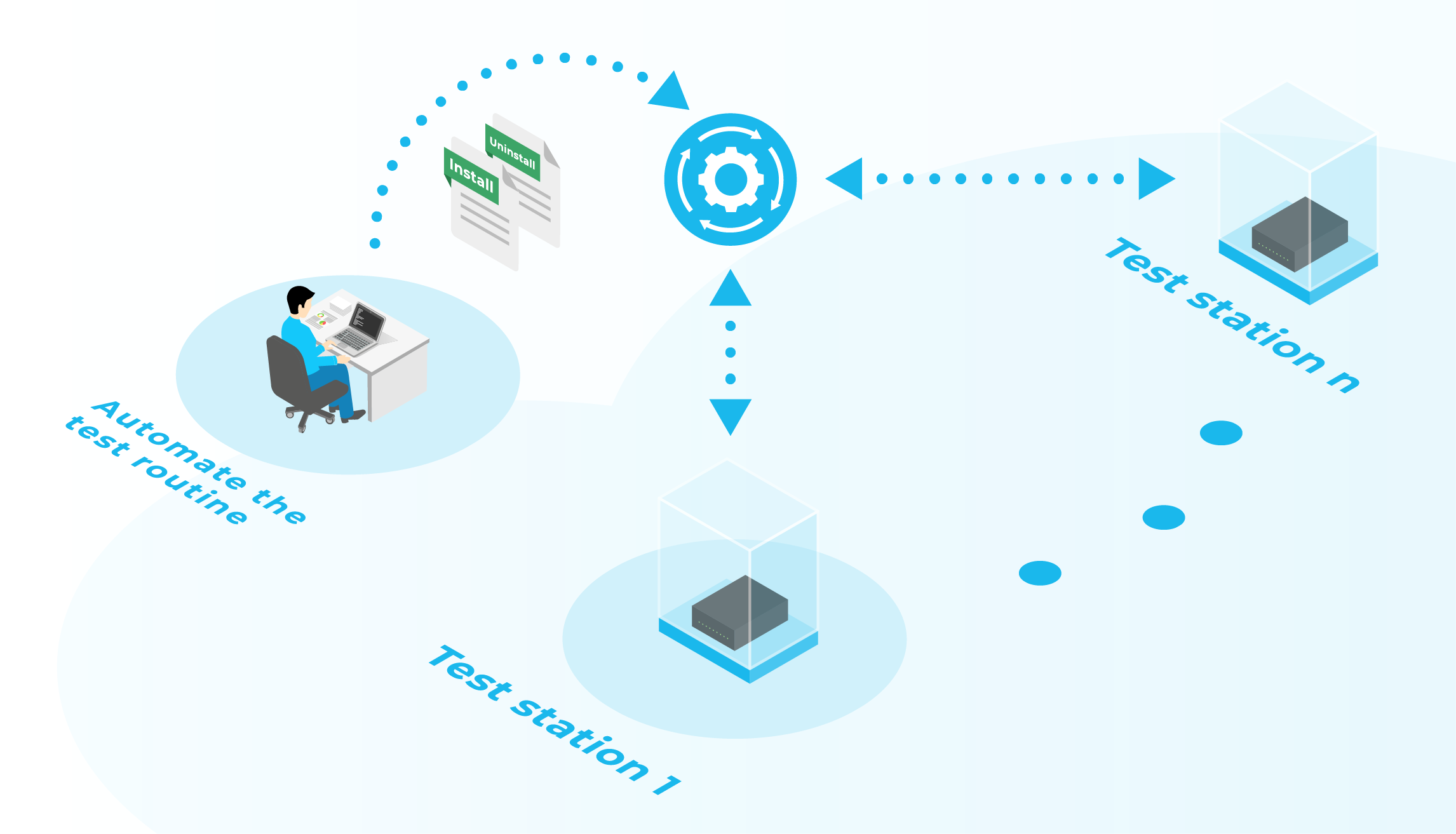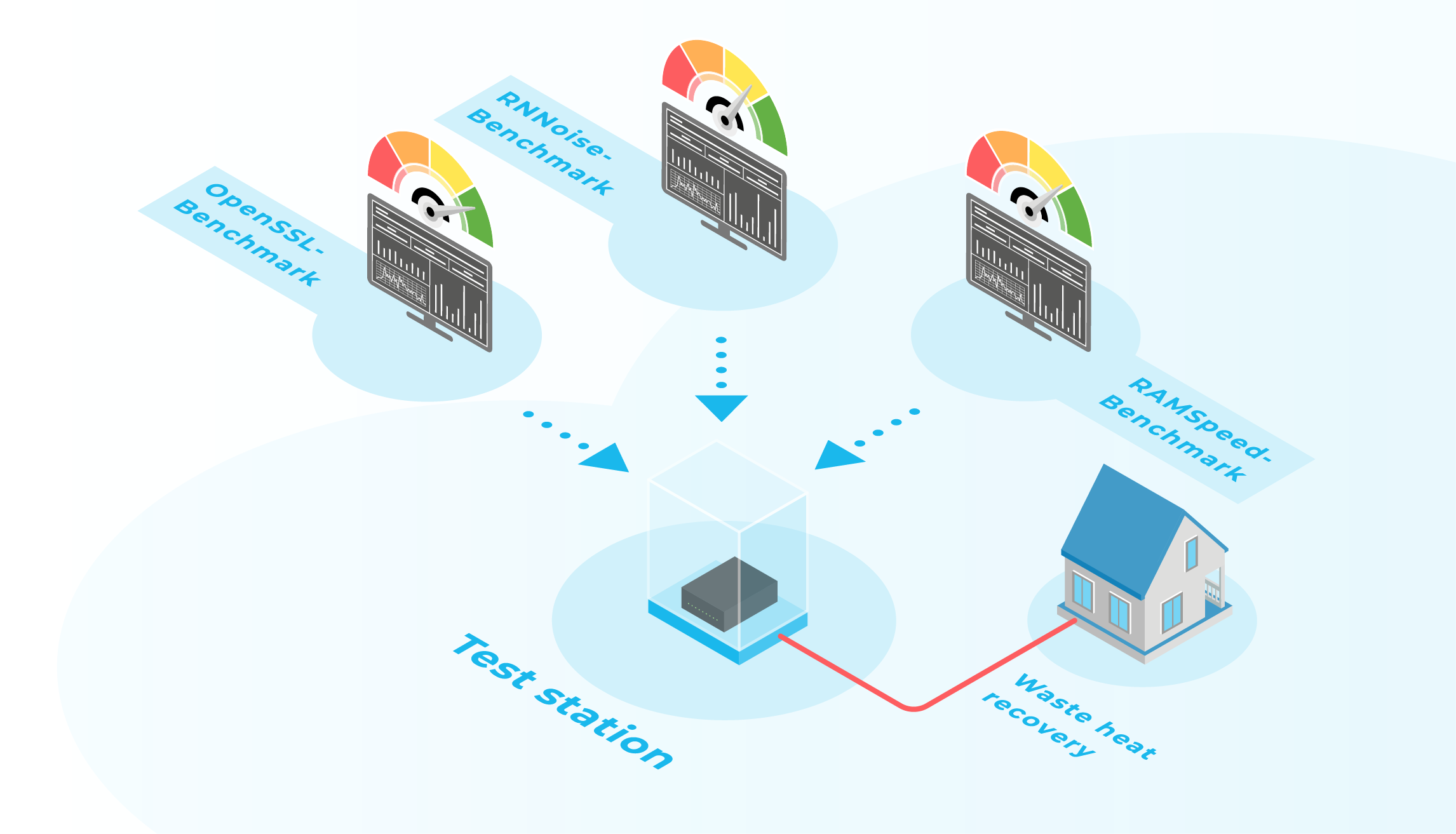OpenStack seems to be on everyone’s mind: Almost every market player which participate in the cloud market seems to count on OpenStack. For cloud newcomers and IaaS beginners there a lot of technical questions about OpenStack and for those who are already familiar with this topic will find useful tutorials on our blog, such as failover technologies or how to use Corosync and Pacemaker to set up a failover for OpenStack-VM’s. For everyone who wants to find out some basics about OpenStack, we have compiled some basics.
The evolution of OpenStack
OpenStack is a license-free and open software platform that is being continuously developed by a worldwide community and is supported by over 600 companies in more than 180 countries. Behind the software stands the OpenStack foundation, a non-profit organization, which is responsible for the development and distribution of the open source OpenStack components as well as the test software and validation of the results of the community. In 2010, NASA and RackSpace pursued the goal of providing an open source IaaS platform for public and private cloud infrastructures to centralize computing capacities in the cloud to make resources accessible as required – OpenStack was born. After the exit of NASA in 2012, other well-known companies, such as Cisco, HP and IBM joined the project. RackSpace took over of the steering wheel and controlled the development process. They also handed over the brand name “OpenStack” to the OpenStack foundation. OpenStack was a strong competitor directly from the beginning due to the large number of companies which were involved in the development, it can competes seriously with VMWare and Microsoft in the cloud market.
For six years, OpenStack has been growing and it still is. According to statista.com, OpenStack will increase a market size of 2.48 billion US dollars in 2017. Until 2020, the market growth of the open source software is anticipated to almost double and rise to 5.38 billion US dollars.
How does OpenStack work? Functions in a nutshell.
OpenStack is based on the Infrastructure-as-a-Service model. IaaS can be flexibly implemented in various cloud solutions, such as Private Cloud, Public Cloud or Hybrid Cloud. By today, a large number of modules has been developed and there has been fifteen releases published. Each module focuses on a different task and can be combined in a common infrastructure context. OpenStack has six core components which take care of virtualization and storage provision. These include Compute (Nova), Networking (Neutron), Image Service (Glance), Block Storage (Cinder), Object Storage (Swift), and Identity (Keystone). The Dashboard (Horizon) is used to manage the OpenStack Cloud.
The implementation of OpenStack
OpenStack can be installed with all its core services on correspondingly powerful but common hardware. The manual installation of all components with the configuration is pretty complex and not easy for untrained companies or people. However, there are various official automation solutions, for example from RedHat, Mirantis or Rackspace, which take over this work minimizing the risk of error in the setup. Additionally, there are various options to get support: You can either explore the OpenStack community to answer your questions or get professional help by experienced OpenStack experts like from us from Cloud&Heat to set up your OpenStack installation. Usually, OpenStack gets implemented by building a distributed architecture, so that the components are split up into several systems. The selection of components follows a modular design and can be varied according to the application in order to optimize resource utilization or to provide additional functionalities. This means that OpenStack is very flexible and the setup can be scaled according to the requirements to any time. The individual services are merged in one central component and are managed by it. After the installation, OpenStack provides a web interface (dashboard), where you are able to manage your resources and customize any setting options.
Advantages of OpenStack
OpenStack is an open software and free of license fees. In comparison to proprietary solutions, OpenStack is free of charge and accessible for anybody. Through the global networking community members will easily find help to handle issues successfully and benefit directly from the development sequences of other members. Another advantage is the high level of freedom, which makes it possible to adapt the cloud infrastructure to individual needs by adding and combining additional modules. The supporters of OpenStack, such as Dell and HP, show great interest in offering a counterpoint to Amazon’s services. Also the OpenStack community wants to face up Amazon web services (AWS) and put huge efforts into the compatibility at the interfaces to the outside. Through the defined interfaces, new components or modules can be added to the entire system. Thus, it is possible to create interoperability between cloud services and to build AWS-like cloud services easily in the company’s data center. But OpenStack also has disadvantages. To take all advantages out of the large number of components, comprehensive OpenStack know-how is needed. Also the numerous regular OpenStack upgrades make it difficult to keep the infrastructure up to date. Especially large, less agile operators still work with outdated releases.
Conclusion
In our opinion OpenStack rightly is the most heavily hyped open source software for the implementation of cloud solutions. We use OpenStack for years ourselves to operate our own Public cloud infrastructure and highly appreciate the versatile possibilities of this software. We have continuously built up a team of experts who help our customers to build their own cloud and maintain our own infrastructure.





